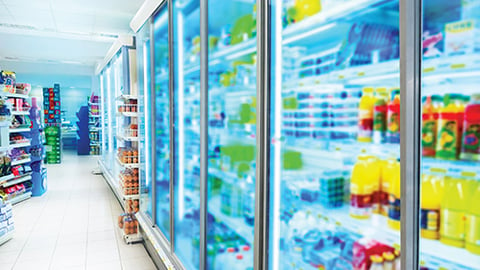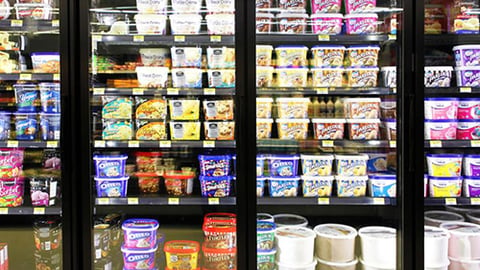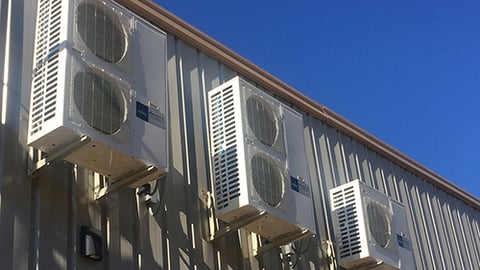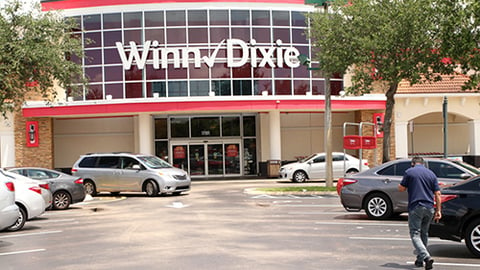How Data Can Reduce a Grocer’s Contribution to Climate Change
As climate change worsens, leadership in every industry is asking what their contribution is and how they might contain the damage. For grocers, there’s been a lot of focus on food waste reduction, the food supply chain and shipping. As a result, new start-ups and consultancies have emerged, offering solutions for everyone from small grocers to chain brands. That’s great, but it doesn’t address the biggest black mark on grocers’ earth-unfriendly practice: refrigerant use.
Europe has already imposed regulations around refrigerant use, based on technology which tracks and maintains data to be compliant with HFC emission requirements. California is leading the way in the U.S. with its discussion to impose new energy policies on grocers, and this will likely be used as a starting model for other states.
Project Drawdown, a community of top global academics and scientists, lists "refrigerant management" as the most promising mitigating measure for climate change in terms of CO2 removed from the atmosphere.
Figuring out how to manage this effectively is hard. Larger chains can afford to invest in custom software (Walmart is an example of a chain looking at how to reduce its emissions overall); smaller chains have to find existing enterprise software packages that serve their needs… which is often expensive, user-unfriendly (relative to consumer counterparts), and has maintenance and info-security costs. That's enough to make this whole problem unpalatable.
For grocers who want to be proactive, though: what can I do and how do I do it?
Start with simple "technology"
Consider collecting data using existing systems (or "by hand" with a spreadsheet) first, and see if you can see any patterns. You can hire people to help you do this (sometimes called research or discovery), although they'll need access and time to help you get a good result.
The data to collect is wide, and it's easy to feel stuck about where to start. Sometimes, just asking yourself some questions to kick off are enough. Are your maintenance schedules happening when you think they are? Is all of your equipment working well? Do you already have a spreadsheet that helps you tell when you need to get someone to check the refrigerant system? The basics aren't as exciting as an Internet of Groceries, but you need all of that infrastructure in place first.
THE TECHNOLOGY YOU REALLY NEED
Then, armed with data about your existing systems and practices, you can evaluate what software or tools you actually need.
Do you need help tracking changes in regulation for compliance purposes? Do you need better tracking of maintenance so you can get ahead of old equipment failing? Do you feel like you want to invest in sensors to help detect leaks sooner or on smaller systems than the EPA requires?
This is where working with a software consultancy can be a time saver and can help you more quickly find solutions that are right for your business and the climate. Evaluating software and integrating it into your business is unfortunately not as easy as email and it can be a good investment to get some expert support.
Staying focused on what your business needs and understanding from your software vendors not only how these solutions will directly solve problems you have now but also how you will need to maintain and support these systems in the future will help avoid technology that's cool but doesn't support your coolant problem.
Finally, consider ways to share your expertise. Running a grocery isn't easy; the margins are thin, the work is hard, and the obligations to your customers and the planet are large. Sharing what you learn with other grocers (especially those operating in countries with less-developed refrigerant controls) could help make the difference.







